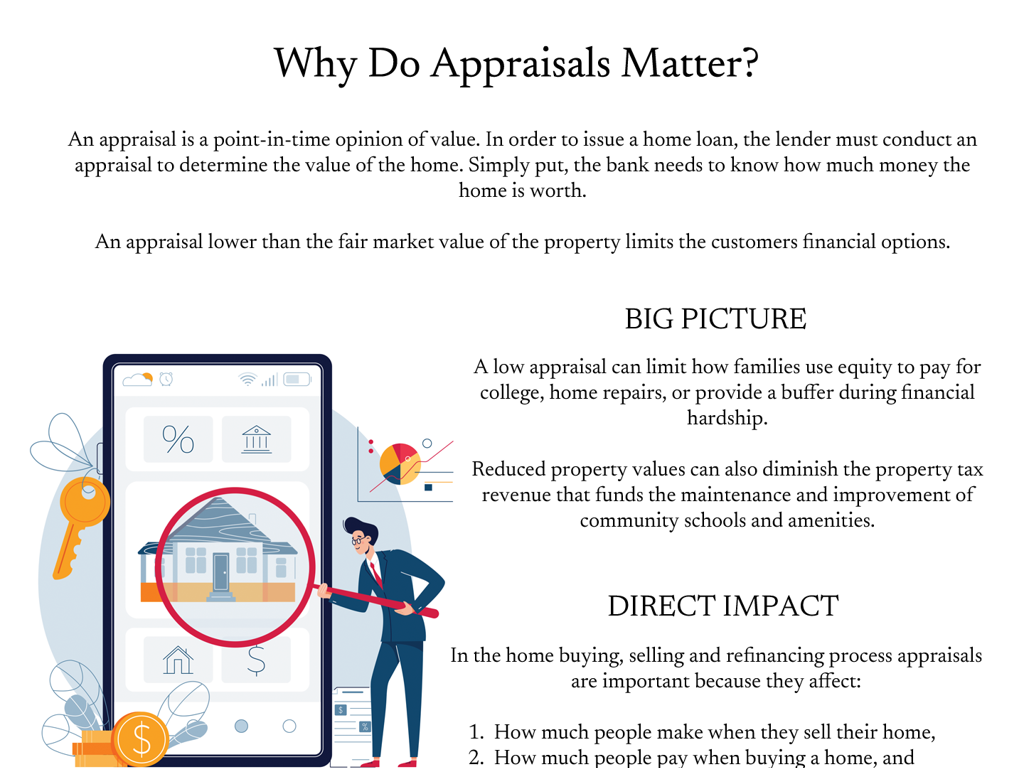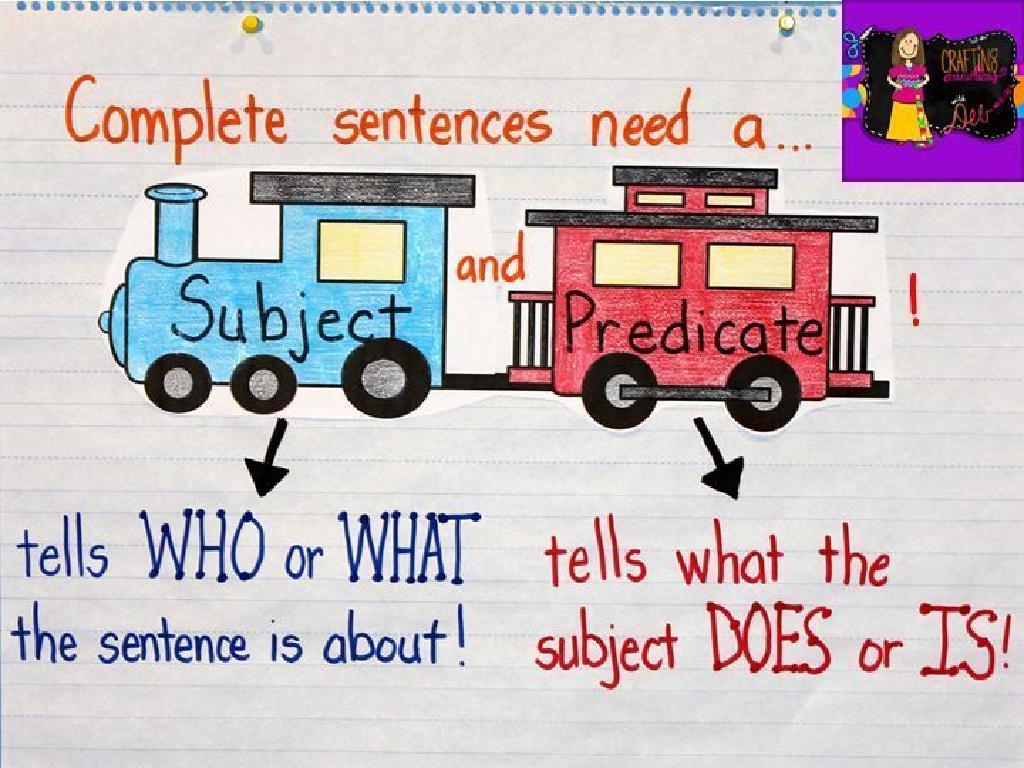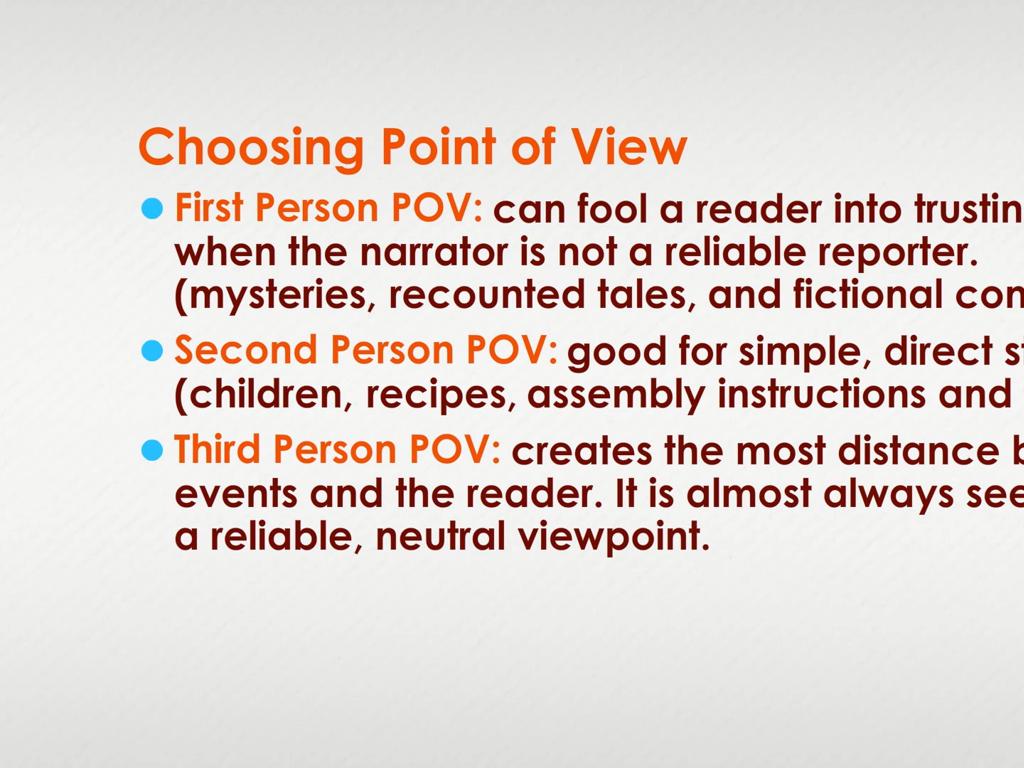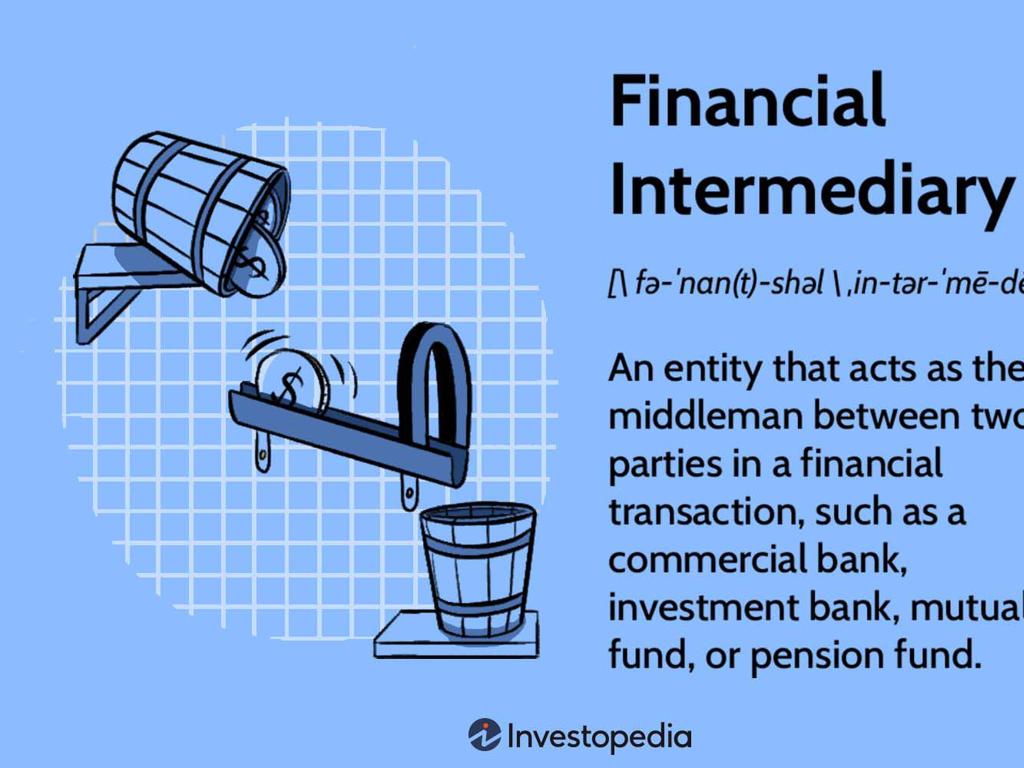Use Reflexive Pronouns
Subject: Language arts
Grade: Third grade
Topic: Pronouns
Please LOG IN to download the presentation. Access is available to registered users only.
View More Content
Understanding Reflexive Pronouns
– What are pronouns?
– Meet the reflexive pronouns
– Words like myself, yourself, that refer back to the subject
– How to use reflexive pronouns
– Use them when the subject and object are the same
– Examples of reflexive pronouns
– ‘I taught myself to play piano’ shows ‘myself’ refers back to ‘I’
|
This slide introduces reflexive pronouns to third-grade students. Begin by revisiting the concept of pronouns, which are words that take the place of nouns. Then, explain reflexive pronouns specifically, which are used when the subject of the sentence is also the object. Provide examples like ‘myself’, ‘yourself’, ‘himself’, ‘herself’, ‘itself’, ‘ourselves’, ‘yourselves’, and ‘themselves’. Demonstrate how these pronouns are used in sentences where the action is being done by the subject to the subject. For instance, ‘She made herself a sandwich.’ The reflexive pronoun ‘herself’ refers back to the subject ‘She’. Encourage students to come up with their own sentences using reflexive pronouns to reinforce their understanding.
Understanding Reflexive Pronouns
– What’s a pronoun?
– A word used instead of a noun
– Examples: he, she, it, they
– ‘He’ for boys, ‘she’ for girls, ‘it’ for things, ‘they’ for groups
– Pronouns simplify sentences
– Introduction to reflexive pronouns
– Pronouns that reflect back to the subject, like ‘myself’
|
Begin the lesson by explaining what a pronoun is and its function in a sentence. Provide simple examples that the students are already familiar with, such as ‘he’, ‘she’, ‘it’, and ‘they’. Highlight how pronouns can make sentences shorter and easier to say, which is especially helpful in conversation and storytelling. After establishing this understanding, introduce reflexive pronouns as a special group of pronouns that refer back to the subject of the sentence. Examples of reflexive pronouns include ‘myself’, ‘yourself’, ‘himself’, ‘herself’, ‘itself’, ‘ourselves’, ‘yourselves’, and ‘themselves’. Explain that we use reflexive pronouns when the subject and the object of the sentence are the same person or thing. Provide examples and plan to practice using reflexive pronouns in the following class.
Meet the Reflexive Pronouns
– Reflexive pronouns basics
– Used when the subject does the action to itself
– ‘-self’ for singular, ‘-selves’ for plural
– ‘Myself’ for I, ‘ourselves’ for we
– Examples of reflexive pronouns
– ‘I did the homework myself’, ‘We enjoyed ourselves at the park’
|
This slide introduces reflexive pronouns, which are used when the subject of the sentence is also the object. Explain that these pronouns are easy to identify because they end in ‘-self’ when talking about one person, thing, or animal, and ‘-selves’ when talking about more than one. Provide clear examples for each reflexive pronoun, ensuring to match them with their corresponding subject pronouns (e.g., ‘myself’ with ‘I’, ‘ourselves’ with ‘we’). Encourage students to come up with their own sentences using reflexive pronouns to reinforce their understanding. You can also include a mini-activity where students find reflexive pronouns in a text or create a short story using them.
Using Reflexive Pronouns
– Reflexive pronouns in actions
– Example: Making a sandwich
– ‘I made myself a sandwich’ shows ‘myself’ is used for ‘I’
– ‘Myself’ refers to ‘I’
– The word ‘myself’ points back to the person doing the action, which is ‘I’
– Practice using reflexive pronouns
– Find sentences where you do something for yourself and try to use reflexive pronouns
|
This slide introduces the concept of reflexive pronouns to third-grade students. Reflexive pronouns are used when the subject and the object of a sentence are the same, and they end in ‘-self’ or ‘-selves.’ The slide provides an example to illustrate how reflexive pronouns function within a sentence. It’s important to emphasize that reflexive pronouns are used when the subject of the sentence is doing something to or for itself. Encourage students to create their own sentences using reflexive pronouns to reinforce their understanding. During the next class, review their sentences and provide feedback to ensure correct usage of reflexive pronouns.
Let’s Practice Reflexive Pronouns!
– Fill in the blank: She taught _______ to read.
– Use ‘herself’ to show she did it on her own.
– Fill in the blank: The cat can clean _______.
– Use ‘itself’ showing the cat did it alone.
|
This slide is an interactive class activity designed to help students practice using reflexive pronouns. Reflexive pronouns are used when the subject and the object of a sentence are the same. In this activity, students will fill in the blanks with the correct reflexive pronouns. For the first sentence, the answer is ‘herself,’ indicating that she completed the action of teaching on her own. For the second sentence, ‘itself’ is used to show that the cat is performing the action of cleaning on its own. Encourage students to think of other examples where they would use reflexive pronouns like ‘myself,’ ‘yourself,’ ‘ourselves,’ ‘yourselves,’ and ‘themselves.’ Prepare to assist students who may struggle and provide additional examples if needed.
Using Reflexive Pronouns in Sentences
– Making sentences with reflexive pronouns
– Example: He carries the bags himself
– ‘He’ is the one who acts and also gets the result of the action
– ‘Himself’ shows ‘he’ did and received the action
– Reflexive pronouns end with ‘-self’ or ‘-selves’
– Practice using reflexive pronouns
– Find sentences in your favorite book where characters do things for themselves
|
This slide is aimed at helping third-grade students understand and use reflexive pronouns correctly. Start by explaining that reflexive pronouns are used when the subject and the object of the sentence are the same person or thing. Provide the example given, and discuss why ‘himself’ is used instead of just ‘he.’ Emphasize that reflexive pronouns are used for emphasis or to indicate that the action remains with the subject. Encourage students to create their own sentences using reflexive pronouns and to look for examples in books they enjoy reading. This will help them see how reflexive pronouns function in context and reinforce their learning through practice.
Activity Time: Mirror Writing with Reflexive Pronouns
– Write a story about your day
– Include reflexive pronouns
– Words like ‘myself’, ‘yourself’, to show the action is done by the subject
– Use a mirror for understanding
– See how pronouns reflect back to the subject
– Share and listen with a partner
– Exchange stories to hear reflexive pronouns in use
|
This activity is designed to help students understand and use reflexive pronouns in a fun and interactive way. By writing a short story about their day, students will practice incorporating reflexive pronouns such as ‘myself’, ‘yourself’, ‘himself’, ‘herself’, ‘itself’, ‘ourselves’, ‘yourselves’, and ‘themselves’. Using a mirror will give them a visual representation of how reflexive pronouns ‘reflect’ the action back to the subject. After writing, students will pair up to share their stories, which encourages listening skills and reinforces the concept as they identify the reflexive pronouns used by their partners. For the teacher: Prepare a list of example sentences using reflexive pronouns to help students if they get stuck. Also, have a mirror available for each student or pair to use during the activity. Consider creating a worksheet with a story prompt to guide their writing.
Review and Reflect: Reflexive Pronouns
– What are reflexive pronouns?
– Pronouns that refer back to the subject, like ‘myself’, ‘yourself’.
– Identifying reflexive pronouns
– Find words like ‘himself’, ‘herself’ in sentences.
– The role of reflexive pronouns
– They help us tell who is doing the action in a sentence.
– Practice with reflexive pronouns
|
This slide is a review of reflexive pronouns, aimed at reinforcing the students’ understanding of the concept. Start by recapping what reflexive pronouns are and provide examples. Then, move on to identifying them within sentences, perhaps using sentences from a familiar story or previous lessons. Discuss why reflexive pronouns are important, emphasizing that they help clarify who the subject of the sentence is. Finally, engage the students in a practice activity where they can apply their knowledge by finding or creating sentences with reflexive pronouns. This will help solidify their understanding and demonstrate the practical use of reflexive pronouns in everyday language.
Class Activity: Reflexive Pronoun Hunt
– Pair up and find reflexive pronouns
– Write sentences with reflexive pronouns
– Look for ‘myself’, ‘yourself’, ‘herself’, etc. in sentences
– Circle the reflexive pronouns
– Share and discuss your findings
|
This activity is designed to help students identify and understand the use of reflexive pronouns in a fun and interactive way. By working in pairs, students will engage with various books or stories to find real examples of reflexive pronouns. Encourage them to write down the whole sentence to understand the context in which the reflexive pronoun is used. After the hunt, each pair will share their sentences, and the class will discuss the role of the reflexive pronoun in each one. Possible variations of the activity could include creating a reflexive pronoun scavenger hunt, writing their own sentences using reflexive pronouns, or drawing pictures to illustrate the sentences they find.






